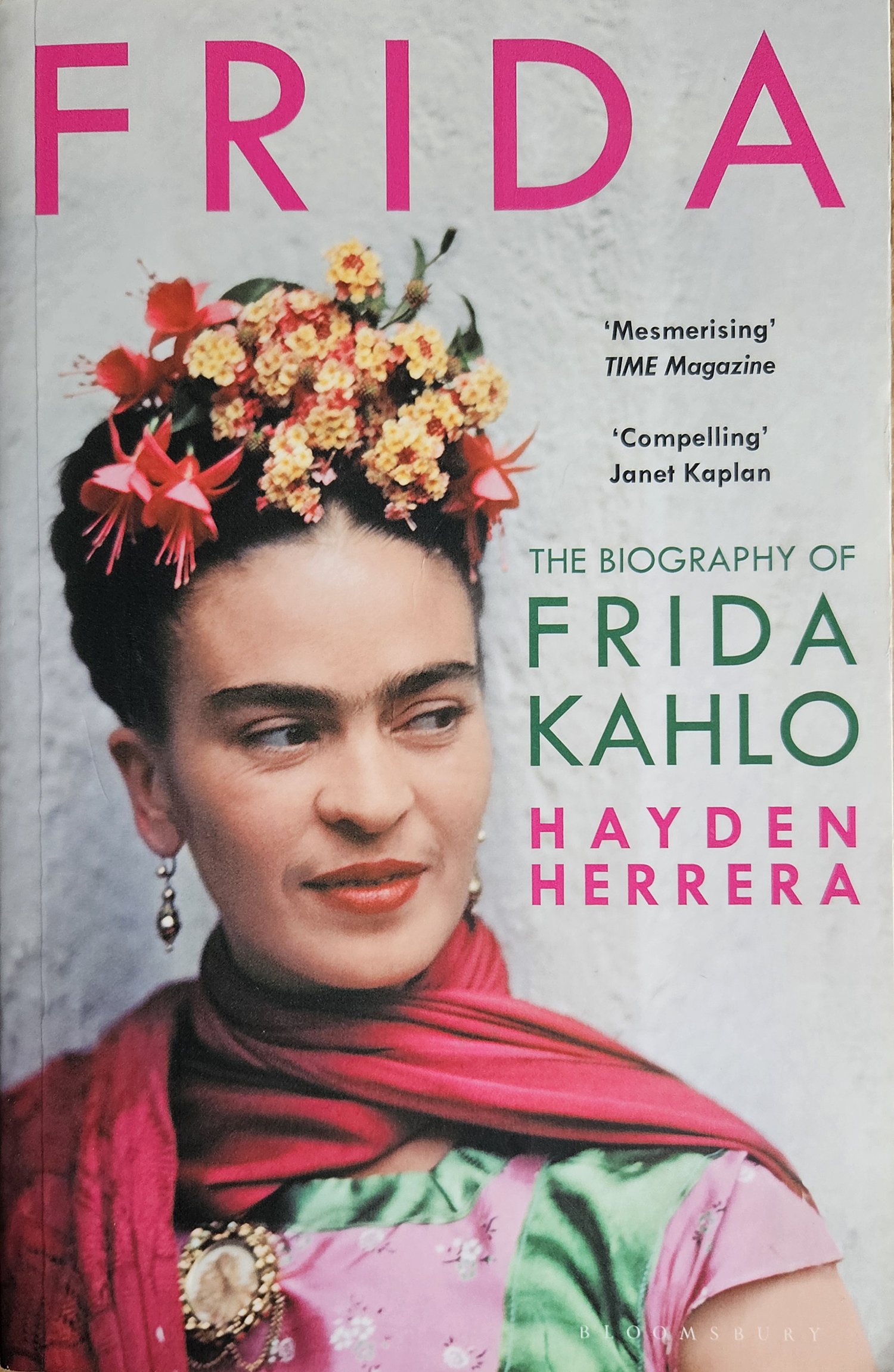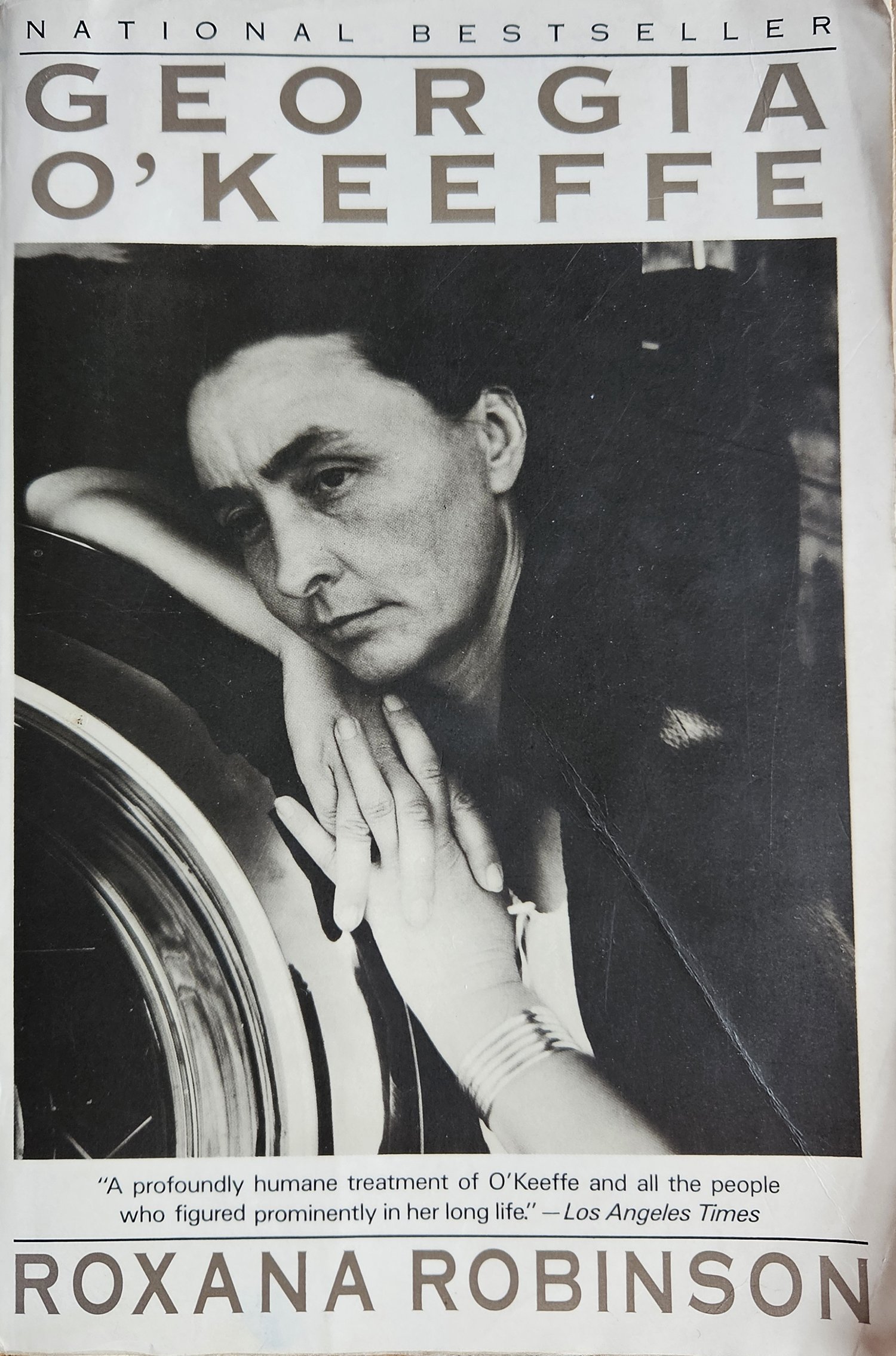From time to time I get contacted by students who are investigating my work as part of their studies at school or university. I really enjoy writing about my practice, in fact I think it has made me understand myself better as an artist. Here are some insights into my art and what’s behind the work, thanks to some wonderful questions sent to my inbox.
What inspires you?
I grew up in a small town in Gloucestershire and my Grandparents lived half an hour away in a very small village in the countryside. There wasn’t really anything to do apart from exploring the outdoors. My grandfather taught me about birds, my grandmother taught me species of plants, they had both lived through the second world war and grew a lot of their own food. Growing up in the 1980s in a working-class household with not much spare income we were encouraged to make things and mend stuff. Looking back, I can see now that this is really at the core of who I am as an artist and feeds into my work as inspiration. The animals, plants, and birds all come from childhood and the desire to create something has been a constant in my life. Picasso famously said: “Every child is an artist. The problem is how to remain an artist once we grow up.” I think you remain an artist by being open to be inspired by anything and everything. For me that’s music, food, fashion, writing, painting, sculpture, the sky, the sea, and everything in between. That’s the exciting bit of being an artist, you never know when the lightning bolt of inspiration will hit you next!
Me and my little sister. Mid 1980s.
Are there certain subjects/topics you like painting and how do you evolve your style?
I evolve my style by constantly making. There are no shortcuts with anything you want to be good at. You must put the work in. I can look back at work from a decade ago and see how far I’ve come in my practice. I am better skilled today than I was then, but I am always striving to be better. When I’ve finished an artwork, I can see what has worked and what hasn’t been as successful. Then I take that knowledge and start over on the next piece.
As well as nature in my work I love painting subjects from anatomy, especially skulls. I had a serious accident when I was 18 and broke a lot of bones in my body, including my spine. It has left me fascinated with the mechanics in the human body particularly the skeleton. There is a type of still life painting called Memento Mori or Vanitas (very popular in art history in the 16th and 17th century) where a skull is included with lots of objects from a person’s life. The skull can be read in these scenes as quite morbid but I think it is beautiful. My interpretation of the skull in art is to embrace life, live fully and find happiness. Those are the modern Memento Mori paintings I love to make today.
Why do you think there are more well known male street artists when there are so many talented female street artists?
I can’t really speak to street art, but history in general has not been kind to women. In certain parts of the world right now, women do not have the same rights as we do here in the UK and in some countries the people in power are even trying to take our rights away from us. Art history and the art market have had a problematic past too. Art history (or as we know it) has been predominantly written by men. That means that they included who and what they wanted to write about. That does not mean that women were not making art. It means that art history either didn’t think it was important to include them or left them out purposely. For large parts of history women were not allowed to be educated, especially in art (unless you were rich, then you could make and create as a hobby, until you married.) But that doesn’t mean that women weren’t creating art despite restrictions of gender. They created in secret, under a male pseudonym, in the home, or because they had resources and privilege to do so. We just didn’t get to hear about most of them or see what they were creating. Now in the 21st Century art is catching up, but there is a long way to go. Now we can study and we can create freely but the art market is still running on an old patriarchal system. Male artists at auction can make more than 10 times that of women artists. It doesn’t mean the work is better, but to some people £££s create a ‘value’ (So it must be better, right? – Er, NOT AT ALL!). I think there is still an old-fashioned notion that women artists are ‘hobbyists’ and our work doesn’t deserve to be looked at seriously. Street art is notoriously male dominated. I could argue that it’s messy. Located in large public spaces that can feel daunting and sometimes not strictly legal, which can feel a bit intimidating for any artist. But I don’t believe these are the reasons that women are not as visible in street art. Women are making amazing street art, but it is the same in the gallery as it is on the street. Because if you go into any gallery or museum the men dominate those spaces too! Things are changing, there are some great people out there championing women artists. The Guerrilla Girls, an amazing collective. (Check out their piece ‘The Advantages of Being a Woman Artist) And a great book: The Story of Art Without Men by Katy Hessel, who’s in-depth research is bringing women artists back into history where they belong.
Women are out there making extraordinary things; we always have been. There just need to be an equal opportunity to show our creations to the world.
Describe a perfect Sunday….
A perfect Sunday for me would include a walk around the city, grab a coffee and something delicious to eat. I love to keep my Sundays quite chill, I love reading, listening to podcasts and most Sundays I work a little. Paint if I’ve got a piece I’m working on, sometimes I’ll work on some ideas, make notes, sketches, and planning out the next week in my diary.
What artists do you rate and why?
Two artists I am passionate about are Frida Kahlo and Georgia O’Keefe. Both these artists in their lifetimes opened doors for women. They defied convention in a time when society required women to mainly be wives and mothers. They created work that they found interesting, ignoring trends, and told their own stories through art. At the time this was radical especially for women. They showed their pain and joy through the work, ignored the critics, and created their own way. Both found success within their lifetimes although Frida Kahlo died at 47, through complications of ill health. Her legacy has influenced not only the art industry but fashion and film. The themes in her work such as the human body and identity are as relevant today as they were for her in the early 20th century. Georgia O’Keefe lived to be 98 years old and at the end of her life in 1986 every major art institution in American had acquired one or more of her paintings. Throughout her life she never lost faith in herself or her art and she became one of Americans most successful artists.
Any advice you can give to aspiring artists?
Books are better than the internet and seeing art in a gallery is better than seeing it in a book.
Read as much as you can and find a love of reading.
All ideas are valid, write them down (even if they seem wildly ambitious or completely silly). Keep an idea book.
Know that everything you make won’t be a ‘masterpiece’ but have fun in the process, that’s when you learn the most.
Keep going, being an artist can be challenging. You’re going to feel like you want to quit over and over again… DON’T.



